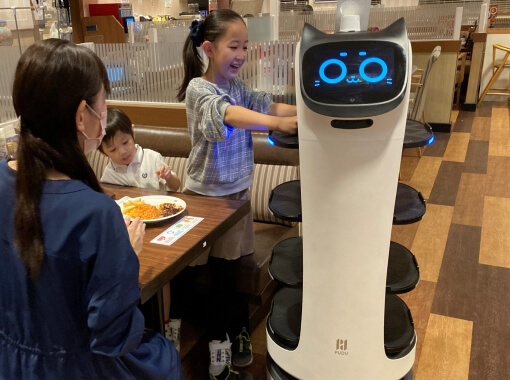
1. Peak-Hour Rushes: During peak hours, restaurants often struggle to maintain speedy service. Robots can assist by preparing drinks, taking orders, and delivering food to tables, reducing wait times and enhancing the overall dining experience.
2. Language Barriers: In multicultural societies like the United States, language barriers can hinder effective communication between staff and customers.
Robots equipped with multilingual capabilities can bridge this gap, ensuring that customers feel heard and understood.
3. Health and Safety Concerns: In a post-pandemic world, health and safety concerns have become paramount.
Robots can minimize human contact in the food preparation and delivery process, reducing the risk of contamination and providing peace of mind to customers.
4. Consistency in Service: Maintaining consistent service quality across shifts and locations is a common challenge.
Robots excel in consistency, following programmed protocols meticulously, ensuring that every customer receives the same level of service excellence.
5. Cost Efficiency: Hiring and training staff can strain a restaurant’s budget. While initial investment in robotics may seem high, the long-term cost-efficiency is undeniable. Robots can work tirelessly without overtime pay, sick leave, or the need for benefits.
6. Customer Engagement: The personal touch of human interaction has always been a hallmark of good customer service.
Robots, however, are being designed with interactive features, such as touchscreens for ordering and feedback, creating new avenues for engagement.
7. Redefining the Dining Experience: The presence of robots can elevate the overall dining experience, turning a visit to a restaurant into a memorable event.
Customers are often intrigued by the novelty of robot-assisted service, which can boost a restaurant’s reputation and draw in new customer base.






